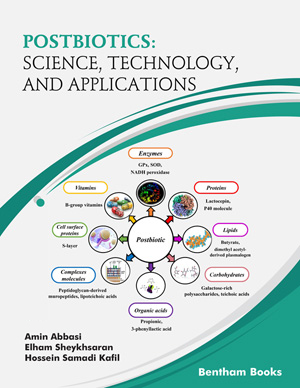Abstract
Medicinal herbs have been in use for the management of human health, for
prevention. as well as for the cure of human diseases since ancient civilizations. In
recent times, the use of herbal drugs has increased in both developed and developing
countries, because of the large chemical, pharmacological, and clinical knowledge of
plant drugs and their derivatives, the development of new analytical methods for
quality control, the development of new forms of preparation and administration of
plant drugs and their derivatives and finally the relatively wide therapeutic margins
with less frequent adverse effects. However, naturals are not a synonym for innocuous
as many adverse effects can occur. In this regard, there are different levels of
perceptions about the safety of medicinal herbs, varying from “completely safe” to
“completely harmful”, although there is also a clear idea about its side effects
depending on factors such as dosage, characteristics of the plant material and
consumer-related factors. Because of this, medicinal plants need to be studied and
effective and innocuous doses must be established.
Nowadays, immunomodulatory drugs have gained a main role principally as a
consequence of COVID-19 produced by the SARS-CoV-2 virus.
Some South American plants frequently used in Argentine folk medicine such as
Larrea divaricata and Ilex paraguariensis and others used all over the world like Tilia
spp. and Coffeea Arabica are known to exert immune-enhancing effects.
In this review, we discussed some reports about the immunological effect of the
mentioned plants and their majority compounds, focusing on their efficacy and safety.






















